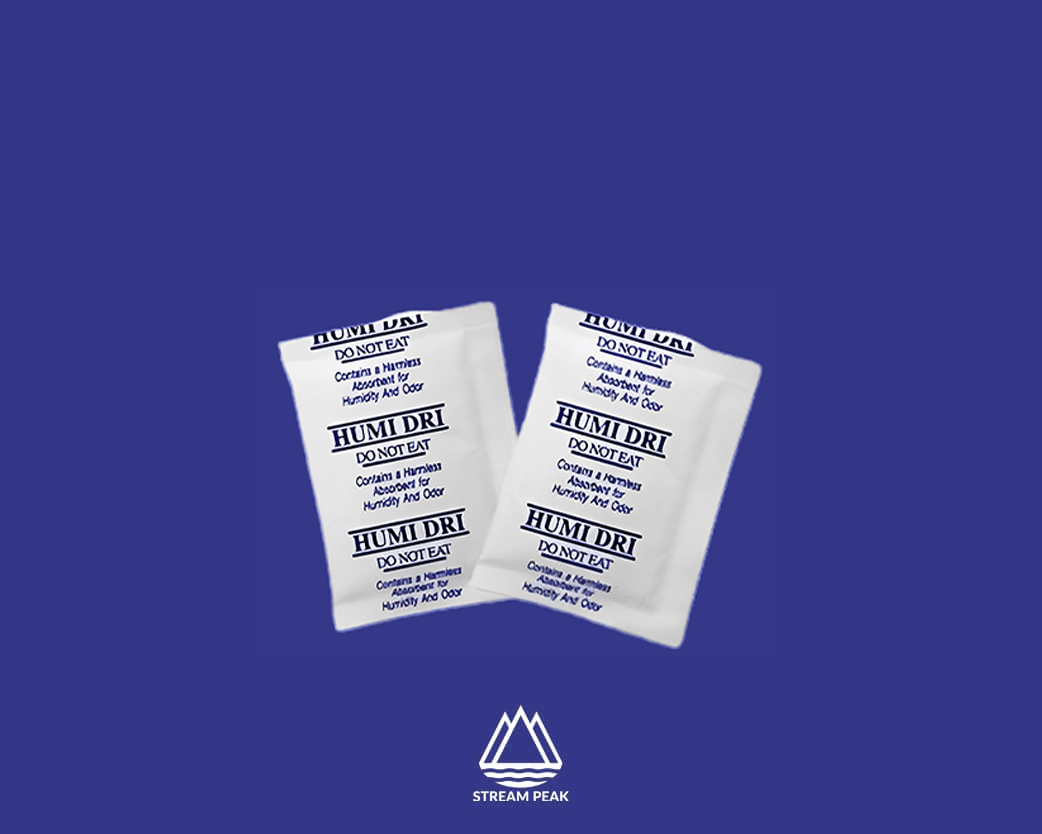Packaging to Prevent Mold and Damage in Shoes

Shoes aren’t just accessories; they’re essential for comfort and style. However, when shoes are not packaged properly, they can be vulnerable to mould, moisture, and physical damage. These can lead to deterioration, colour loss, and irreversible damage. This article will explore the key characteristics of ideal shoe packaging, such as breathability, cushioning, and material selection. Different shoe materials, including leather, fabric, and sneakers, require specific protection methods, which we’ll discuss.
Mold and Damage to Shoes
Mould is a ubiquitous microorganism or fungus that grows on everyday household objects or wearables such as shoes. When stored in hot and humid conditions, boots or slippers are especially vulnerable to mould.
Combining moisture and organic materials, such as leather or fabric, creates an inviting habitat for mould to flourish. Shoes are susceptible to encounter spores, and together with conditions for growth, spores spread rapidly. Moisture, along with the warm temperature, encourages the spores or fungus to multiply.
Mould growth can result in unsightly stains, unpleasant odours, and even health risks for individuals sensitive to allergens. When left unchecked, mould can irreversibly stain and deteriorate materials. Moisture, particularly in leather shoes, can lead to cracking, warping, and loss of colour. Moreover, physical damage, whether from mishandling or inadequate protection, can leave shoes deformed, scuffed, or with broken parts.
Ideal Shoe Packaging
Ideal shoe packaging encompasses critical characteristics: breathability, cushioning and protection, and material selection. Each aspect is pivotal in maintaining shoes in impeccable condition throughout their lifespan.
Breathability: When shoes are enclosed within a non-breathable environment, trapped moisture finds no exit, thus creating an environment conducive to mould growth. Opting for packaging that permits airflow assists in reducing this risk. Materials such as mesh or fabrics with micro-perforations facilitate air exchange, thwarting moisture accumulation within the packaging.
Cushioning and Protection: Shoes are susceptible to physical impacts, particularly during storage or transit. Adequate cushioning and protection within the packaging are indispensable to fend off dents, scratches, and deformities. Cushioning materials like foam inserts or void fillers establish a buffer that absorbs shocks and prevents direct contact between shoes and external forces. This supplementary layer of defence ensures the shoes remain visually appealing and structurally intact.
Material Selection: Use packaging materials that resist mould growth, moisture absorption, and physical wear. Mould-resistant materials, such as specific plastics or treated fabrics, serve as a barrier against fungal proliferation. Materials that resist moisture prevent water infiltration, thereby preserving the integrity of the shoes. Moreover, protective materials that shield against UV radiation can forestall colour fading, particularly for shoes with vivid hues.
Packaging Techniques to Prevent Mold and Damage
Mitigating the risk of mould and damage requires packaging solutions that protect shoes. By absorbing excess moisture, preventing friction, and preserving the shape, these methods address the root causes of mould and damage.
Using Desiccants: Absorbing Moisture Inside Packaging
Desiccants are moisture-absorbing agents that play a crucial role in preventing mould growth and moisture-related damage. Placing desiccant packs within shoe packaging can reduce humidity levels, ensuring that excess moisture is absorbed rather than trapped around the shoes. Silica gel packets are a common example of desiccants and are readily available. Using desiccants creates an environment less conducive to mould proliferation, thus safeguarding shoes from a major threat.
Wrapping with Acid-Free Tissue Paper: Maintaining Shoe Integrity
Acid-free tissue paper is an excellent protective layer that helps maintain the condition of shoes. When wrapping shoes, this tissue paper prevents colour transfer, maintains the leather’s natural oils, and safeguards delicate embellishments. The acid-free nature of the paper ensures that it won’t degrade over time and harm the shoes. By enveloping shoes in acid-free tissue paper, a barrier is provided that minimises friction, potential dye transfer, and moisture accumulation.
Using Supportive Inserts: Preserving Shoe Shape and Structure
Shoe shape and structure can be compromised when shoes are not stored correctly. Providing supportive inserts that match the contours of shoes is an effective way to prevent deformation. Inserts help retain the shoe’s original shape and to avoid creasing and collapsing. These inserts can be made of foam, wood, or even inflatable air pillows. By using supportive inserts, the intended form of shoes is maintained even during prolonged storage.
Long-Term Storage Guidelines
Properly storing shoes for extended periods involves more than effective packaging. Creating an environment that mitigates the risks of mould, damage, and deterioration is essential. These guidelines focus on temperature and humidity control, elevating shoes, and regular inspection, ensuring footwear remains in good condition during extended storage.
Temperature and Humidity Control: Excessive heat and humidity can foster mould growth and cause materials to deteriorate. Therefore, storing shoes in a cool, dry area is crucial. Using hygrometers or data loggers, aim for a consistent room temperature and humidity level of around 50% with Hydrometers. Avoid storing shoes in basements or attics prone to extreme fluctuations in these conditions.
Elevating Shoes: Direct contact with the ground can lead to moisture infiltration, especially if the surface is cold or damp. Elevating shoes off the ground prevents this issue. Shelves, shoe racks, or even shoeboxes can keep shoes elevated. This simple step goes a long way in preventing the dampness contributing to mould and material degradation.
Regular Inspection: Regularly inspect stored shoes for any signs of mould growth, discolouration, or structural changes. Early detection allows for swift action, minimising the extent of damage. If any concerns are spotted, address them promptly. Cleaning, applying appropriate treatments, or seeking professional assistance can make a significant difference in maintaining shoes’ condition.
Conclusion
Packaging plays a vital role in preserving shoes. It protects against mould, moisture, and damage, ensuring footwear remains in top condition—temperature control, elevating shoes, and regular inspection to maintain shoes. Stream Peak supplies a wide range of packaging solutions to protect valuable items from impact and moisture damage. Feel free to reach out to our packaging engineers for a no-obligation consultant.

